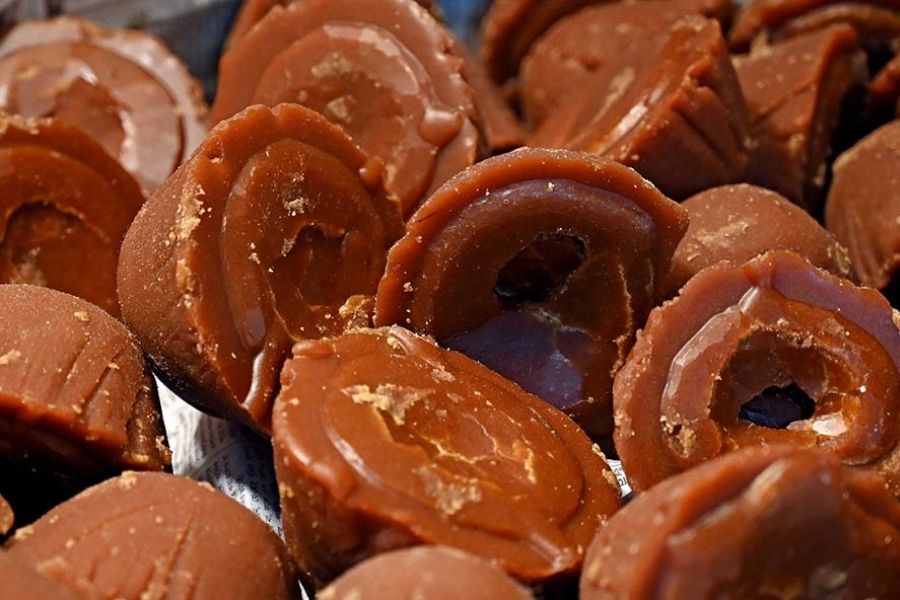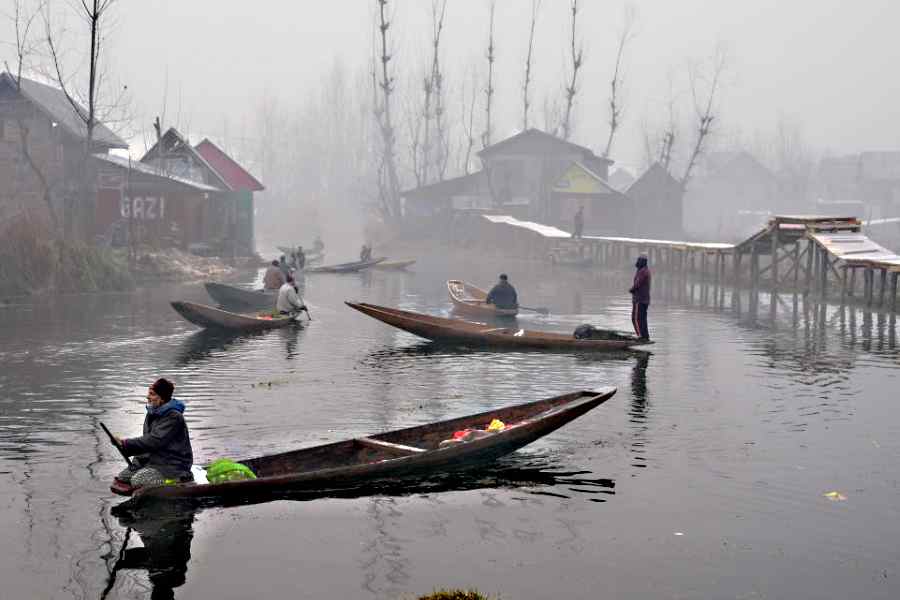 Wednesday, 17 December 2025
Wednesday, 17 December 2025
 Wednesday, 17 December 2025
Wednesday, 17 December 2025
Seems like Donald Trump's reciprocal tariffs have left no stone unturned on 'Liberation Day'.
Apart from the big names, the Trump administration has dealt a tariff blow to some unexpected frontiers.
Serving a bolt from the blue, the Trump administration has placed reciprocal tariffs on a number of remote and economically minor territories despite their limited trade impact.
Among them are Australia’s Heard Island and McDonald Islands, the Cocos Islands, New Zealand’s Tokelau, France’s Saint Pierre and Miquelon, the British Indian Ocean Territory and the Marshall Islands.
Let's delve deeper...
Heard Island and McDonald Islands
The Heard Island and McDonald Islands -- external territories of Australia -- are among the most isolated places on Earth.
Both locations are accessible only by a two-week boat voyage from Perth, on Australia’s west coast.
Despite containing a fishery, the islands have no buildings and are completely uninhabited.
The last recorded human visit to the islands was nearly a decade ago, making their inclusion in the new tariff list a baffling decision.
Home only to seals, penguins, and the occasional scientific expedition, these remote Australian territories now find themselves entangled in global trade politics.
Heard Island and the McDonald Islands are described by the CIA World Factbook as “80% ice-covered” and “bleak.”
The McDonald Islands are categorised as “small” and “rocky.” Economic activity in the area ceased in 1877 when the elephant seal oil trade ended, leading to the departure of the last human inhabitants. Despite this, the islands have been subjected to US tariffs.
Cocos Islands
Australia’s Cocos Islands, home to approximately 600 residents, also face a 10% tariff. According to the CIA Factbook, the Cocos Islands export 32% of their goods—mainly ships—to the U.S.
Norfolk Island
Adding to the absurdity, Australia’s Norfolk Island—a remote island territory with just 2,188 residents—has been slapped with a staggering 29% tariff, a rate significantly higher than mainland Australia’s 10%.
According to The Guardian, Norfolk Island exported US$655,000 (A$1.04m) worth of goods to the US in 2023, with its primary export being US$413,000 (A$658,000) worth of leather footwear, as per Observatory of Economic Complexity data.
Australian PM Anthony Albanese expressed his incredulity at the decision, stating, “Norfolk Island has got a 29% tariff. I’m not quite sure that Norfolk Island, with respect to it, is a trade competitor with the giant economy of the United States, but that just shows and exemplifies the fact that nowhere on Earth is safe from this.”
He went on to condemn the US decision, stating, “The administration's tariffs have no basis in logic and they go against the basis of our two nations' partnership. This is not the act of a friend.”
Despite the sharp criticism, Albanese confirmed that Australia would not impose reciprocal tariffs, maintaining that his government would not participate in a “race to the bottom that leads to higher prices and slower growth.”
Australia is not alone in this unexpected economic skirmish.
Jan Mayen and Svalbard
Two Norwegian territories—Jan Mayen and Svalbard—have also been targeted by Trump’s tariff list.
Despite their combined population of roughly 2,500 people and their UNESCO-designated status as a World Heritage Site, these icy outposts now find themselves at the center of a trade dispute.
Tokelau
Tokelau, a self-administered territory of New Zealand, comprises three atolls in the South Pacific Ocean and has a population of about 1,600.
With an economy worth approximately $8 million and exports totaling around $100,000, the territory now faces a 10% tariff under the latest U.S. trade policy.
Saint Pierre and Miquelon
Saint Pierre and Miquelon, a French territory near Canada’s Newfoundland, is among the hardest hit.
Home to about 5,000 people, the archipelago is the last remnant of France’s former North American empire.
The CIA Factbook identifies “processed crustaceans and shellfish” as its primary exports, which are now subject to a steep 50% U.S. tariff—far higher than the 20% imposed on the European Union.
British Indian Ocean Territory
The British Indian Ocean Territory, home to approximately 3,000 British and American military personnel and contractors at the Diego Garcia airbase, has also been targeted with a 10% tariff.
While the CIA Factbook lists fish as a major export, it remains unclear who engages in fishing or where the exports are directed.
Marshall Islands
The Marshall Islands, a North Pacific nation of 82,000 people, plays a key role in U.S. military operations.
The U.S. Army Garrison Kwajalein, based there, is crucial for ballistic missile testing and tracking. Nevertheless, the territory has not been exempted from the U.S. tariff impositions.
In his much-anticipated White House address, Trump, defended his sweeping tariffs, calling them “kind” and “discounted reciprocal tariffs.”
He claimed the move would “make America wealthy again” and bring jobs “roaring back.”
However, on social media, the announcement was met with widespread ridicule. Memes and satirical posts flooded platforms, poking fun at Trump’s unexpected economic battle with penguins and glaciers.
For the time being, the icy landscapes of Heard Island and McDonald Islands remain untouched by commerce—but should the day come when an Antarctic fishing operation ships its wares to the US, it will find itself subject to America’s latest economic weapon: a tax on the tundra.







